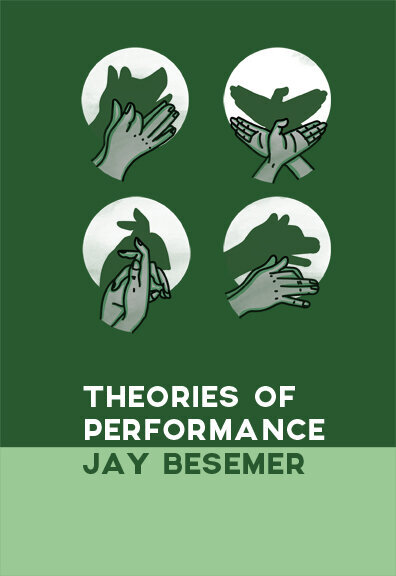by Dylan Fahoome
image created by the author
September 14, 2015, MacArthur High School, Irving, TX, U.S.A.
According to the Department of Homeland Security’s Risk-Based Performance Standards, security risk “is a function of”: “The intent and capability of an adversary in respect to attacking a facility (threat).”
For Ahmed Mohamed
The intent and capability of an adversary in respect to attacking a facility (threat).
The intent and capability of a clock in respect to attacking a facility (threat).
The intent and capability of a clock in respect to a school attacking (threat).
The intent and capability of your clock in respect to a school (threat).
The intent and capability of your time in respect to a school attacking (threat).
The intent and capability of your time respect to a school respect to a (threat).
The time of your intent body in school clock (threat).
The time of your body life in school (threat).
The time of your life in school (threat).
(This poem’s form was inspired by Sommer Browning’s “Alcohol affects the frontal cortex” in Backup Singers. )
FAQ:
What is “Palestine”/who are the “Palestinians”??
hi, waz wondering if any1 could clear this up 4 me ^^^
heard this on msnbc station but have never heard of this ^^
-foolboy65
RE: What is “Palestine”/who are the “Palestinians”??
The Palestinians are the “native inhabitants” (this is highly contentious)
of the Palestinian territories in Israel, to the south of Lebanon, west of Jordan,
and north of Egypt, along the Mediterranean Sea. Some things they are known for:
Islam, olives, mud huts. Lots have blown themselves up.
3 million Palestinian men are known for incendiary involvement in terrorism against
Jewish peoples, for more information search about stoner throwers
or Jihad, no spaces, long beards.
-Rich D. Cunningham, PhD
RE: What is “Palestine”/who are the “Palestinians”??
RE: What is “Palestine”/who are the “Palestinians”??
Hi, foolboy65,
I can offer a more comprehensive answer to your Q. Palestine,
as Mourid Barghouti puts it, “is a land, like any land.”
Generally, Palestine is well known as “the quiet country,” but
paradoxically is home to the most fabulous dance/nightclub scene in the northern
and eastern hemispheres. Such famous clubs are Fazee3 (Fabulous),
Mozzah! (Hottie!), Mothera (Sexy), Yallah Norzos! (Come on, let’s dance!),
Momtaz (Excellent) and a really boss-ass gay joint, Nar (Fire).
Sometimes the Palestinians dance so hard their arms
form gray/blonde feathers, but only below the shoulder.
I dance so hard beads fall down my ass crack. The Palestinians
are author to the famous Stone Throwing Dance in which
they chuck globs of gelatinous petrol at each other
and white imperialists come to lick it off (message me if ur intrested).
You should be familiar with the aforementioned, as it is
the most popular dance. The best nights are at Yallah Norzos!
on Tuesdays, because they offer gravity-free spaces
so you basically just become an eagle and drift to
the last sky.
Palestine/the Palestinians, of course,
have many identities. Dancing is just one.
-displaced48
RE: What is “Palestine”/who are the “Palestinians”??
RE: What is “Palestine”/who are the “Palestinians”??
RE: What is “Palestine”/who are the “Palestinians”??
k, thnx.
-foolboy65
(This poem’s form was inspired by Ben Doller’s “FAQ.” )
Dylan Fahoome is a performer in Chicago. He is a company member & Managing Director of The Runaways Lab. He will play Nasim in the Runaways’ upcoming NASIM BLEEDS GREEN production. Recent productions include NEVERLAND at Prop Thtr and DEAD YOUTH, OR, THE LEAKS at High Concept Labs. He runs the podcast An Intimate Room of Fahoome.



